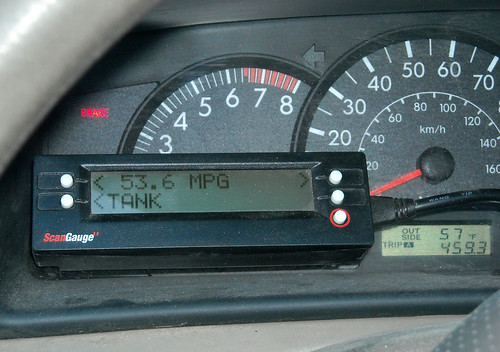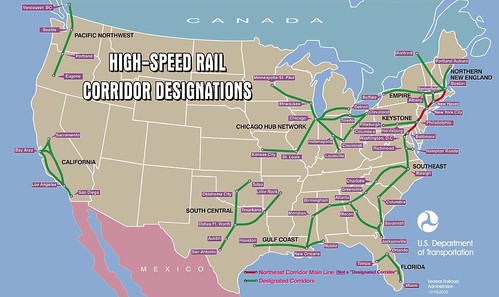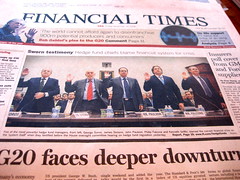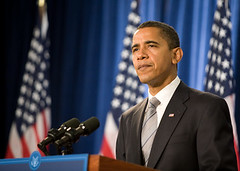Taxing Issues: How Will the Feds Handle Electric Vehicles?
(Source: Bnet.com Auto)
When people use the word “tax” and the phrase “electric car” in the same sentence, they’re usually talking about the lucrative tax credits you can grab onto by buying one.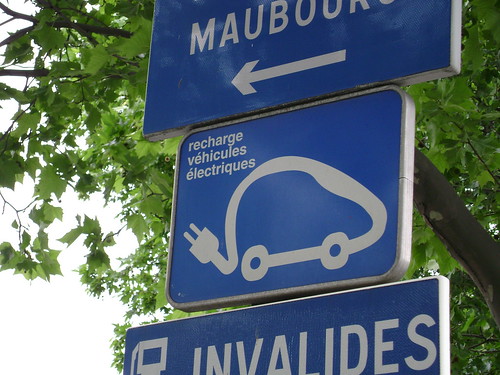
But there’s another way to look at the tax issue. Suppose, as many analysts are now concluding, the bulk of the car fleet shifts from gasoline to electric. Will we tax EV recharges the way we now tax gas (at 18.4 cents a gallon)? Dr. Lyle Dennis, whose website GM-Volt.com champions Chevrolet’s plug-in hybrid, asks, “Will they raise taxes on electric rates and make EV recharging more expensive? It’s an important question.”
It seems to make more sense to simply switch to a “vehicles miles traveled” tax that’s agnostic on how cars get around. Mileage could be tracked with GPS devices installed in cars. But that’s off the table for now. Transportation Secretary Ray LaHood said his department was studying the idea, but an Obama spokesman quickly denied it is now or ever will be U.S. policy.
Click here to read th eentire article.



